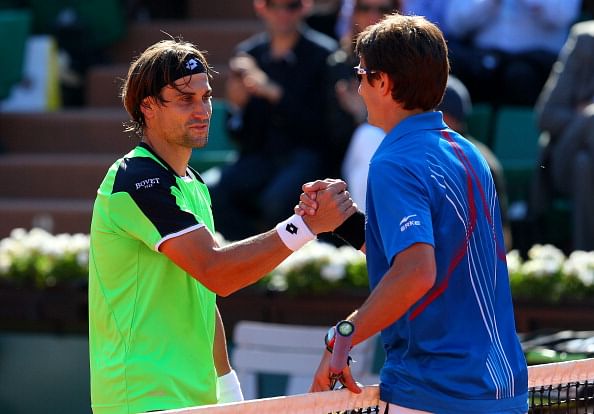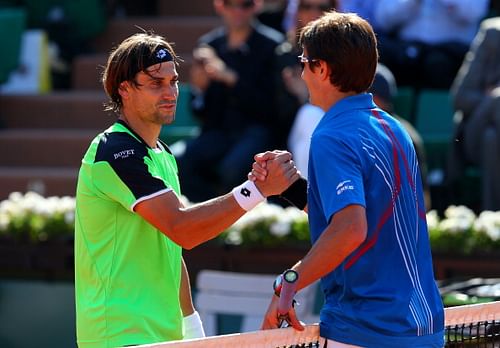
French Open 2013: The good, the sublime, the bad and the ugly
The end of any reasonably significant event, let alone a saga as monumental as the French Open, should, theoretically, leave a big hole in our hearts. As we try to come to terms with the abrupt absence of players sliding all over the gritty courts of Roland Garros, the decisive disappearance of the topspin-infused shots that threatened to curve and arc right out of our TV screens, and, of course, the sudden silence that replaces the honest, salt-of-the-earth grunts that punctuated the gladiators’ efforts to battle for their lives, it’s almost obligatory on our part to feel a huge sense of loss. And yet, here we are, not two days removed from Rafael Nadal‘s historically epic beat-down of his countryman on the blood-soaked terrain of Court Philippe Chatrier, and we’re already taking in the green pastures of Halle and London, and poring our heads over the draws at the Gerry Weber Open and Queens.
It’s a good time to be a tennis fan, but not such a good one to be a sucker for nostalgia. So before the glorious memories of the 2013 French Open, of which there are many, are put in the shade by the austere grasscourts of Wimbledon, let’s take a look at the moments and mortals (or maybe even immortals) that, for better or for worse, defined this year’s tournament:
The Good
Gael Monfils seemed to have been scripting the customary feel-good story of the tournament, as he conjured one theatrical comeback after another to start the tournament. But just as he was settling down into a familiar chest-beating, crowd-exhorting pattern, something happened that no one expected: he ran into the real feel-good story of the tournament. 31-year-old Tommy Robredo has had his share of misfortunes through his career, not least of which is a far-too-obvious lack of weapons to consistently beat the top players, but he couldn’t have asked for a more charmed run at this year’s French Open. In his journey of recovery from injury and ill-form, a rejuvenated Robredo came back from a two-set deficit thrice in succession, leaving a trio of dazed opponents in his wake. Robredo’s combination of spin, court coverage and tenacity made for a potent and seemingly irresistible combination, as Igor Sijsling, Monfils and Nicolas Almagro found out to their dismay. His dream run was eventually stopped by David Ferrer in the quarterfinals, but by then Robredo had already stolen the hearts of the fickle Parisians and proved, once and for all, that 30 really is the new 20.

David Ferrer and Tommy Robredo after their quarterfinal clash
Speaking of David Ferrer, he won a few hearts of his own with his breakthrough campaign. He made his way to his maiden Grand Slam final without the loss of a set, displaying a ruthlessness and composure that few would have thought him capable of. Ferrer has always been professional to a fault, a trait he shares with his fellow runner-up on the women’s side, Maria Sharapova. In fact, the two losing finalists of this year’s tournament share a couple of similarities, notwithstanding the fact that their games are as different as chalk and cheese. Ferrer and Sharapova both don’t know when to quit, and they both went into the singles finals as disconsolately disproportionate underdogs. But props to them both for doing everything in their power to reach the finals, even if that meant putting themselves at risk of being humiliated by their seemingly invincible opponents. That only one of them got semi-humiliated is just icing on the cake.
Svetlana Kuznetsova set herself apart from the entire women’s field by being the only player to have the temerity to take a set off Serena Williams. Kuznetsova did more than just take a set off Williams, though; at one point she led by a break in the third set, and was, theoretically at least, in position to complete a stunning upset. The Russian has strong claycourt credentials, as anyone with a trophy at Roland Garros naturally would, and for a while she seemed to have flummoxed the World No. 1 with her big forehand and clever variations. Can she build on this to make a comeback into the top 10, where she clearly belongs? Trying to answer that question can get both messy and distressing, so let’s leave Kuzzy alone for the moment, and instead just reminisce about her memorable almost-upset.